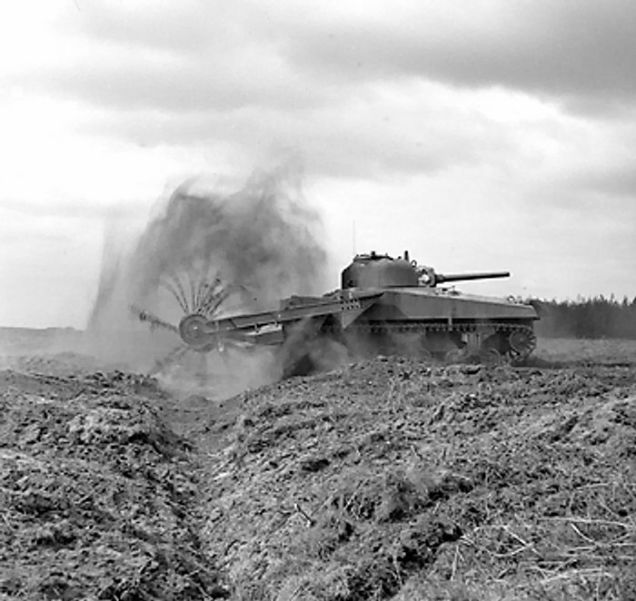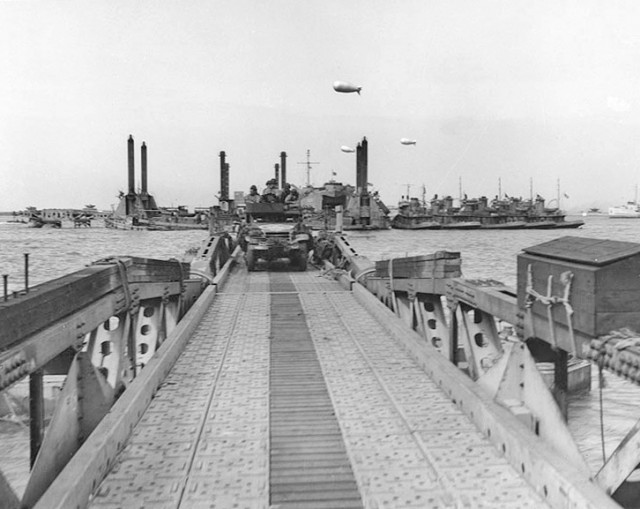World War Two was a period of innovation and development for military equipment and weaponry, as both the Allies and Nazis tried to outwit each other. This was particularly true before the Allied D-Day Invasion. As part of the planning for the invasion, commanders realized they would need new technologies and vehicles that would ensure a successful attack. Here are 7 few of them.
German defenses:
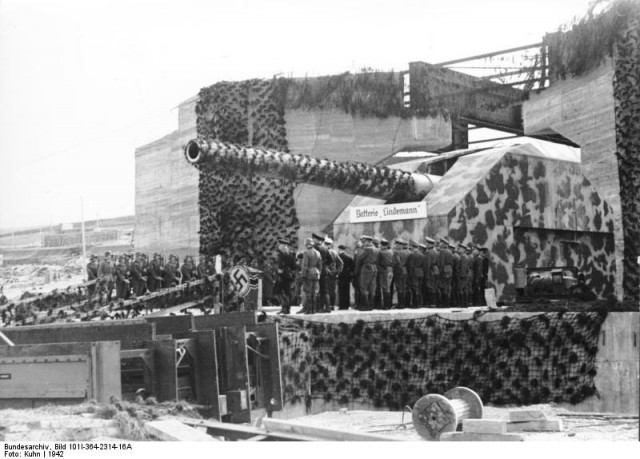
The Germany Army was preparing for an attack on the French coast and had developed underwater weapons that they put in place along the coast line. This would provide a defense against Allied troops if and when they tried to come ashore. Iron ‘hedgehogs’ could rip open and destroy landing craft, while wooden posts had teller mines attached to them so that when vessels floated over them they would be detonated. Meanwhile, on the land, large areas of countryside were dotted with wooden posts or inundated so that gliders and parachutists could not land.
Hobart’s Funnies and AVREs:
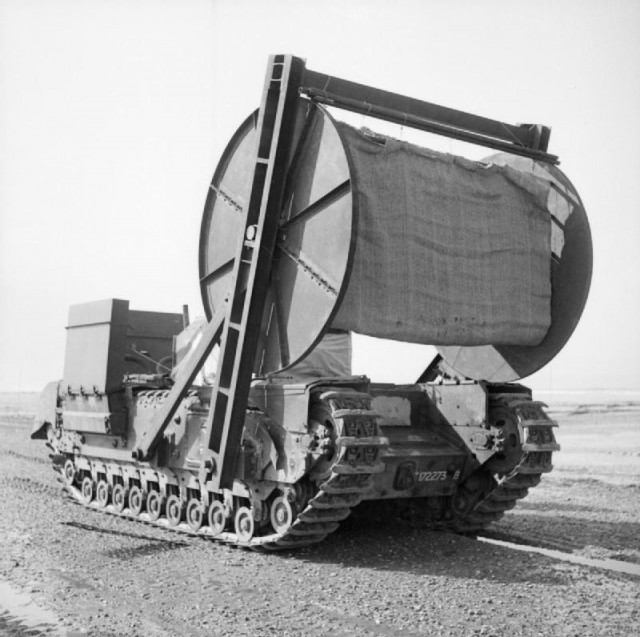
In order to advance the invasion, special vehicles were required to ensure troops could operate beyond their landing location and on to the beach and over dunes and grassy fields. Hobart’s Funnies were produced as armored vehicles, including tanks that could operate in the water and a mine-clearing tank. Also modified were the Armored Vehicle Royal Engineer which was a special device added to a tank for support for the invasion. One kind was a carpet layer tank that could lay matting on the sand so that other vehicles could be driven across the beaches.
Horsa gliders:
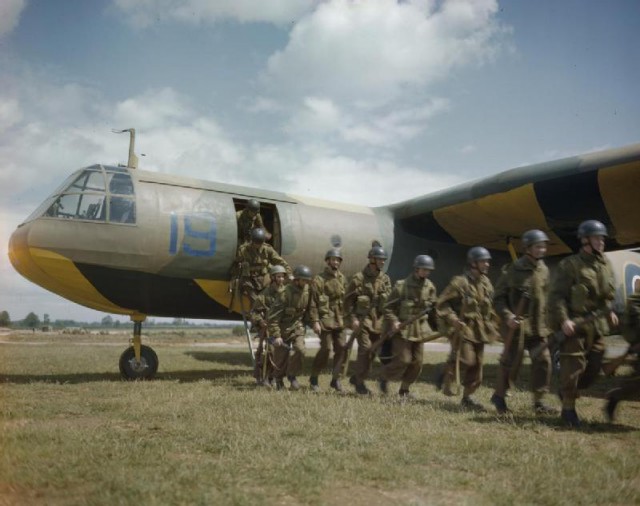
These were gliders that could towed by a powered aircraft and then released once over their target drop zone to deliver supplies, equipment, weapons and ammunition. They were first created in 1942 and were used by the thousands for the D-Day invasion.
Landing craft:
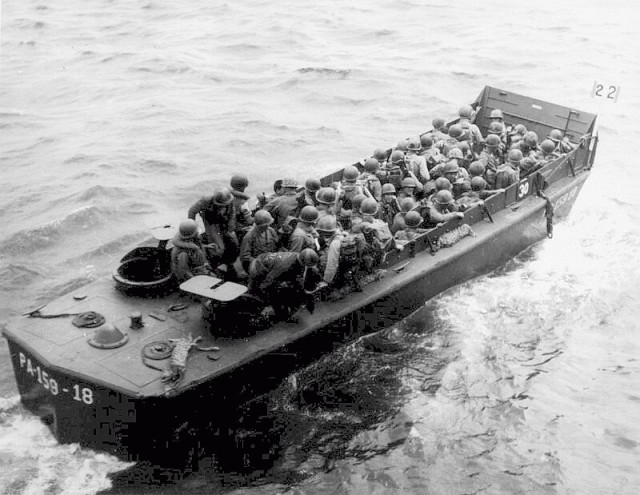
Landing craft had been developed from the beginning of the war, but were never used on such a scale as on D-Day. Thousands of the craft transported men, vehicles, equipment and supplies across the Channel. They even had kitchens and offices providing food and administration to the troops once the beaches had been captured, the Imperial War Museums reports.
Mulberry Harbors:
The commanders knew they would have to ensure access to ports and harbors once the invasion had been initiated. Taking a fortified port had proved to be very difficult so artificial harbors were planned. Old sunken ships and large concrete “Phoenix” cassions would form the base, while floating piers protruding from this base would enable ships and vessels to get troops and provisions ashore.
Pluto:
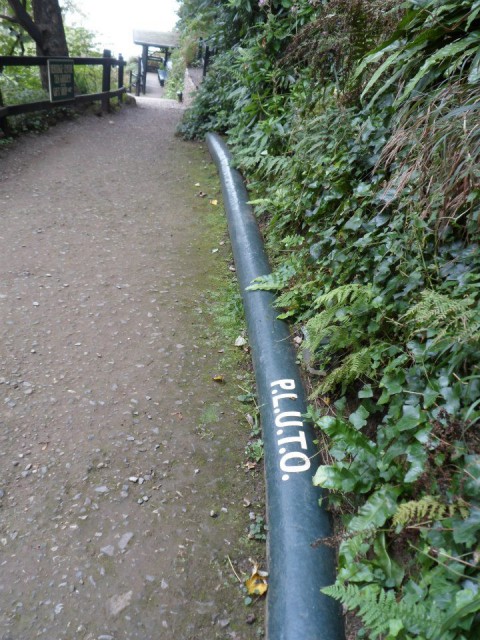
Fuel was crucial to maintaining the war effort. So the British constructed Pluto (pipeline under the ocean) which ensured a supply of petroleum from Europe to the UK. Two pipes were put in place from the Isle of Wight to Port-en-Bessin in France. A third pipe was later added to the Kent coast to Boulogne. The pipes were just 3 inches wide.
Tide-prediction machine:
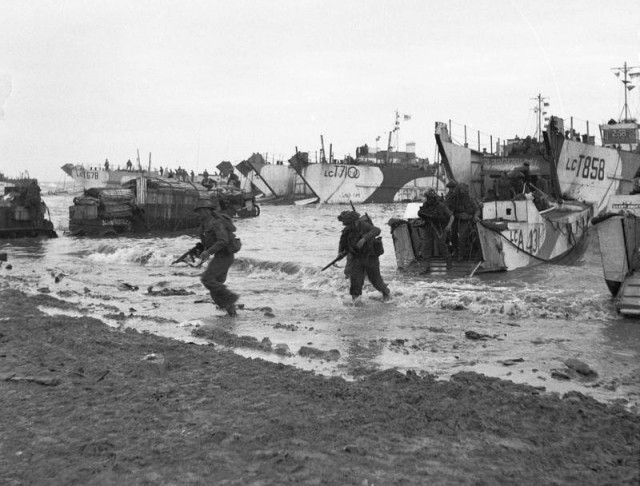
The date of the D-Day invasion was crucially dependent on the weather conditions, the position of the moon and the tide. The troops that would head onto the shore needed a low tide so that they could exit their landing craft in front of the German obstacles. For the Airborne assault, which took place hours before the beach landings, a full moon was required.
Whilst the dates of a full moon were readily available, it was not yet known when that would coincide with low tide at dawn.
To ensure that these factors could be predicted, the Army consulted numerous experts. One of them was mathematician Arthur Doodson who had created a modelling machine that could predict future tidal patterns. In 1944, he presented the Army with the time and possible dates of the D-Day landings.
